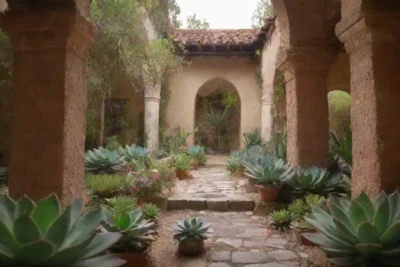
The Role of Succulents in Traditional Landscaping Designs
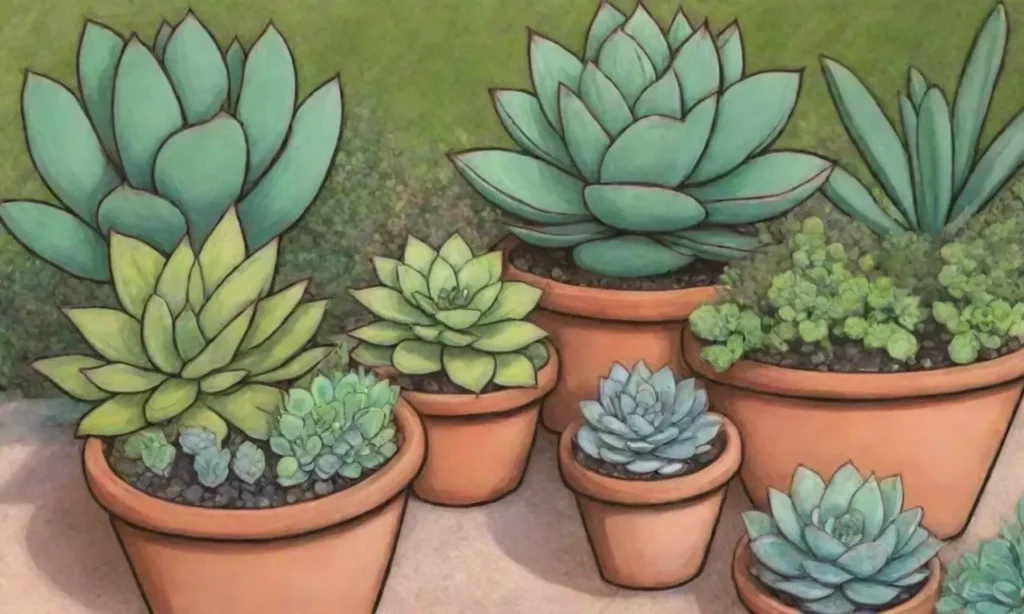
Introduction
In recent years, succulents have gained immense popularity in gardens and landscapes, not just for their aesthetic appeal but also for their unique adaptations to dry environments. Traditional landscaping has often favored lush, vibrant, and water-intensive plant selections; however, the increasing awareness of drought resistance and low maintenance gardening has prompted a re-evaluation of this approach. This article delves into the essential role that succulents play in traditional landscaping designs, offering insights into their benefits, uses, and integration into established landscaping practices.
By examining the characteristics of succulents, their historical significance, and their growing popularity in various landscaping styles, this article aims to showcase how these resilient plants can bring a fresh perspective to traditional gardens. We will explore practical applications, design considerations, and environmental factors, highlighting the aesthetic and ecological advantages of incorporating succulents into classic landscaping paradigms.
Understanding Succulents and Their Characteristics
Succulents are unique plants characterized by their thickened, fleshy parts, which serve as a reservoir for water. This adaptation allows them to thrive in arid or semi-arid climates, making them incredibly resilient and low-maintenance. They belong to several different plant families, including Cactaceae (cacti), Crassulaceae, and Aizoaceae, among others. The diversity of succulents is vast, boasting thousands of species that vary in size, shape, and color—from the iconic spiky appearance of cacti to the rosette formations of Echeveria.
One of the most compelling features of succulents is their ability to store water in their leaves, stems, or roots. This capability not only allows them to survive in drought conditions but also makes them ideal choices for traditional landscaping designs that aim for sustainability. In a world increasingly concerned with water conservation and environmental impact, incorporating succulents can result in landscapes that are not only beautiful but also resource-efficient.
In addition to their practical benefits, succulents are versatile from an aesthetic standpoint. They come in a multitude of colors, ranging from muted greens to vibrant pinks and purples, allowing for imaginative presentations within the landscape. Their unique forms and textures can provide contrast in a traditionally styled garden, making them an appealing addition for enhancing both visual interest and complexity in design.
Integrating Succulents into Traditional Landscaping Designs
Traditional landscaping often emphasizes symmetry, defined lines, and a well-structured hierarchy of plants, primarily featuring perennial flowers, shrubs, and trees. When introducing succulents into these landscapes, careful consideration must be given to their placement and the overall design ethos. One effective way to integrate succulents is through the concept of xeriscaping, a landscaping practice that focuses on water-efficient gardening. By substituting water-heavy plants with various succulent species, designers can sustain aesthetic appeal while conserving valuable water resources.
Succulents can serve as focal points or fill spaces where traditional plant selections may struggle. For instance, they can be placed in rock gardens, where they not only thrive in well-drained soil but also complement the rugged textures of stones and gravel. The various heights and forms of succulents allow for the creation of layered landscapes, adding dimension and interest without overwhelming the surrounding plants. This technique of layering can lead to both a pleasing visual arrangement and an environmentally responsive garden.
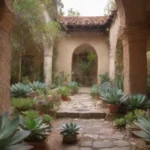 Succulents in Ancient Architecture: Symbolism and Significance
Succulents in Ancient Architecture: Symbolism and SignificanceFurthermore, succulents can be styled within container gardens to create portable arrangements that bring traditional landscapes to life. Using decorative pots, succulents can extend outdoor spaces onto patios, balconies, or even indoors, blurring the boundaries between traditional landscapes and personal living spaces. This mobility aligns well with the contemporary gardening trend where adaptability and flexibility are valued, allowing enthusiasts to curate their landscapes based on changing seasons or personal preferences.
The Cultural and Historical Significance of Succulent Use
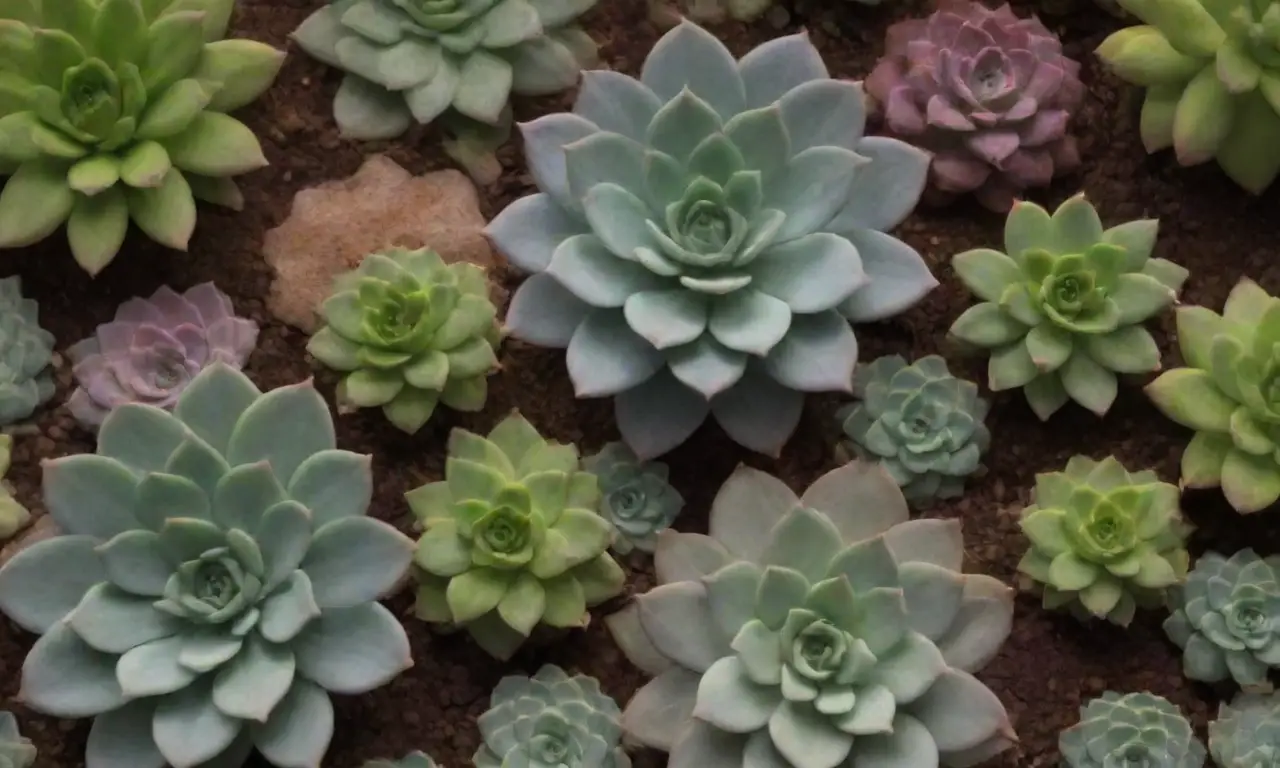
Historically, succulents feature prominently in various cultures around the world. For example, in many Native American traditions, cacti were revered not only for their practical applications—providing food and water—but also for their symbolic significance. In other cultures, such as Japan, succulents have been incorporated into traditional practices like Kokedama (moss balls) and bonsai, where their minimal care requirements resonate with the principles of simplicity and harmony found in traditional Japanese aesthetics.
The use of succulents in landscaping can be seen as a reflection of evolving attitudes towards gardening. As societies become increasingly urbanized, there has been a discernible shift away from sprawling green spaces towards more sustainable, compact, and functional designs. This transition aligns harmoniously with the introduction of succulents into mainstream landscaping, emphasizing the importance of valuing not just the visual appeal of gardens, but also their ecological contributions.
Moreover, the growing interest in succulents reflects a broader societal shift towards mindfulness and sustainability. As people become more conscious of their ecological footprints, planting succulents aligns with modern values surrounding resource conservation. Embracing these resilient plants symbolizes a commitment to sustainable practices within traditional landscaping designs, bridging gaps between aesthetic desires and responsible stewardship of the environment.
Benefits of Succulents in Traditional Landscaping
Incorporating succulents into traditional landscaping designs provides numerous benefits that appeal both to seasoned gardeners and novices alike. Succulents are primarily known for their low maintenance nature. They require significantly less watering compared to traditional garden plants, making them ideal for homeowners seeking to reduce their water usage and labor investments. This trait is especially pertinent in regions susceptible to drought, where minimizing water consumption becomes a vital consideration.
Another advantage of succulents is their ability to adapt to various environmental conditions. They are tolerant of a wide range of soil types, from sandy to rocky or poor-quality soils, and they can withstand extreme fluctuations in temperature. This adaptability allows gardeners to utilize succulents in challenging sites where other plants might fail, thereby enhancing the overall resilience and diversity of the landscape.
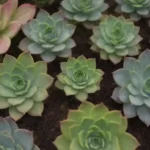 The Importance of Succulents in Sustainable Farm Practices
The Importance of Succulents in Sustainable Farm PracticesAdditionally, succulents contribute to healthy ecosystems by fostering biodiversity. By introducing various succulent species into traditional landscapes, gardeners create habitats for beneficial insects and pollinators that support the broader environment. For example, flowering succulents attract bees, butterflies, and other pollinators, thus promoting biodiversity and aiding in pollinator health. This interconnection between plants and wildlife emphasizes the essential role of succulents beyond mere aesthetics, demonstrating their capacity to enhance ecological balance.
Conclusion
The role of succulents in traditional landscaping designs reflects a transformative approach to gardening that champions sustainability alongside beauty. Their unique characteristics—such as water conservation, minimal maintenance demands, and adaptability—make them essential for modern landscapes, particularly in regions facing environmental constraints.
As we reconsider the traditional approach to gardening, succulents emerge as pivotal players in bridging the gap between aesthetic desires and ecological responsibilities. By incorporating these resilient plants into established designs, gardeners can create lush, inviting spaces that celebrate both the artistry of landscaping and the urgent need for sustainability. The cultural significance they carry further enriches their presence in landscapes, reflecting both historical ties and evolving philosophies towards the natural world.
In embracing succulents within architectural and traditional landscaping frameworks, we can promote a new narrative that values resilience and adaptability in horticulture. This commitment ultimately leads to the development of landscapes that are not only visually captivating but also ecologically sound—a harmonious blend that meets the needs of both people and the planet. As we move forward, the role of succulents in traditional landscapes will likely continue to expand, enriching our gardens and our connection to the environment.
If you want to read more articles similar to The Role of Succulents in Traditional Landscaping Designs, you can visit the Succulent history category.

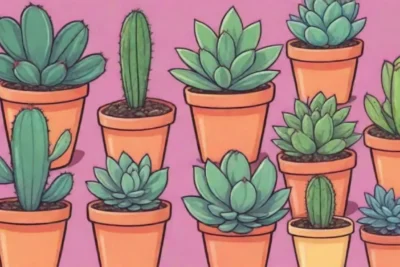
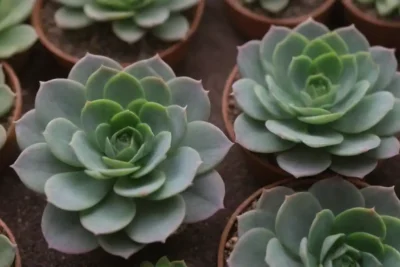
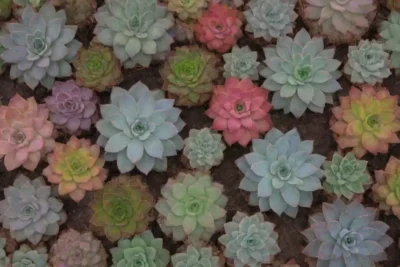
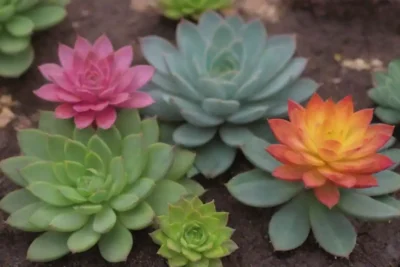
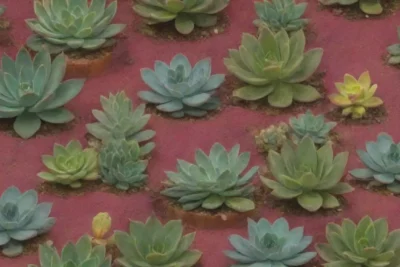
You Must Read